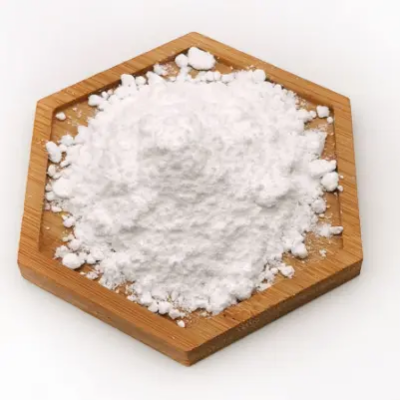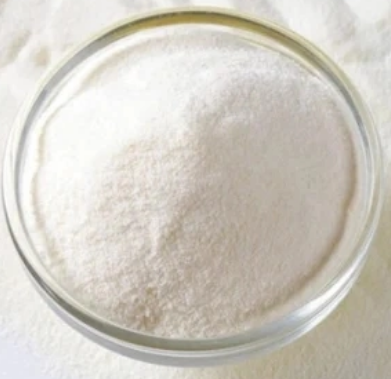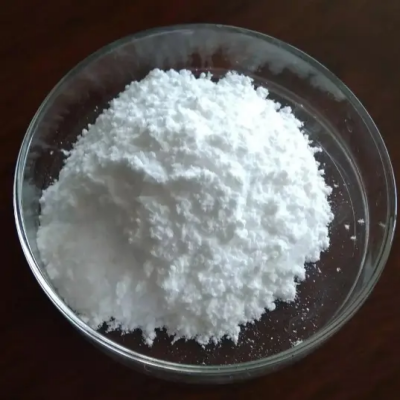1-(3-Hydroxymethylpyridin-2-yl)-4-methyl-2-phenylpiperazine CAS:61337-89-1
At the 2-position of the pyridine ring, a phenyl group is attached, contributing aromaticity and hydrophobicity, which can affect how the molecule interacts with biological membranes and proteins. The phenyl ring can also influence the compound's absorption, distribution, metabolism, and excretion (ADME) properties. The 4-position of the piperazine ring features a methyl group, which is a small alkyl substituent that can increase the molecule's lipophilicity, potentially improving its ability to cross biological membranes. Methyl groups are also known to influence the electronic properties of nearby functional groups through an effect known as hyperconjugation. The 3-position of the pyridine ring carries a hydroxymethyl group (-CH2OH), which introduces a hydroxyl functionality. Hydroxyl groups are polar and can engage in hydrogen bonding, which is important for the solubility and biological activity of molecules. They can also act as sites for further chemical modifications, such as oxidation or esterification, which can tailor the molecule's properties for specific applications. The presence of these functional groups suggests that 1-(3-hydroxymethylpyridin-2-yl)-4-methyl-2-phenylpiperazine could have potential applications in medicinal chemistry. The hydroxymethyl and hydroxyl groups can be involved in hydrogen bonding with biological targets, while the piperazine ring can provide a handle for further functionalization or conjugation with other molecules. The combination of these features makes this molecule a promising candidate for the development of new therapeutic agents.



| Composition | C17H21N3O |
| Assay | 99% |
| Appearance | white powder |
| CAS No. | 61337-89-1 |
| Packing | Small and bulk |
| Shelf Life | 2 years |
| Storage | Store in cool and dry area |
| Certification | ISO. |









